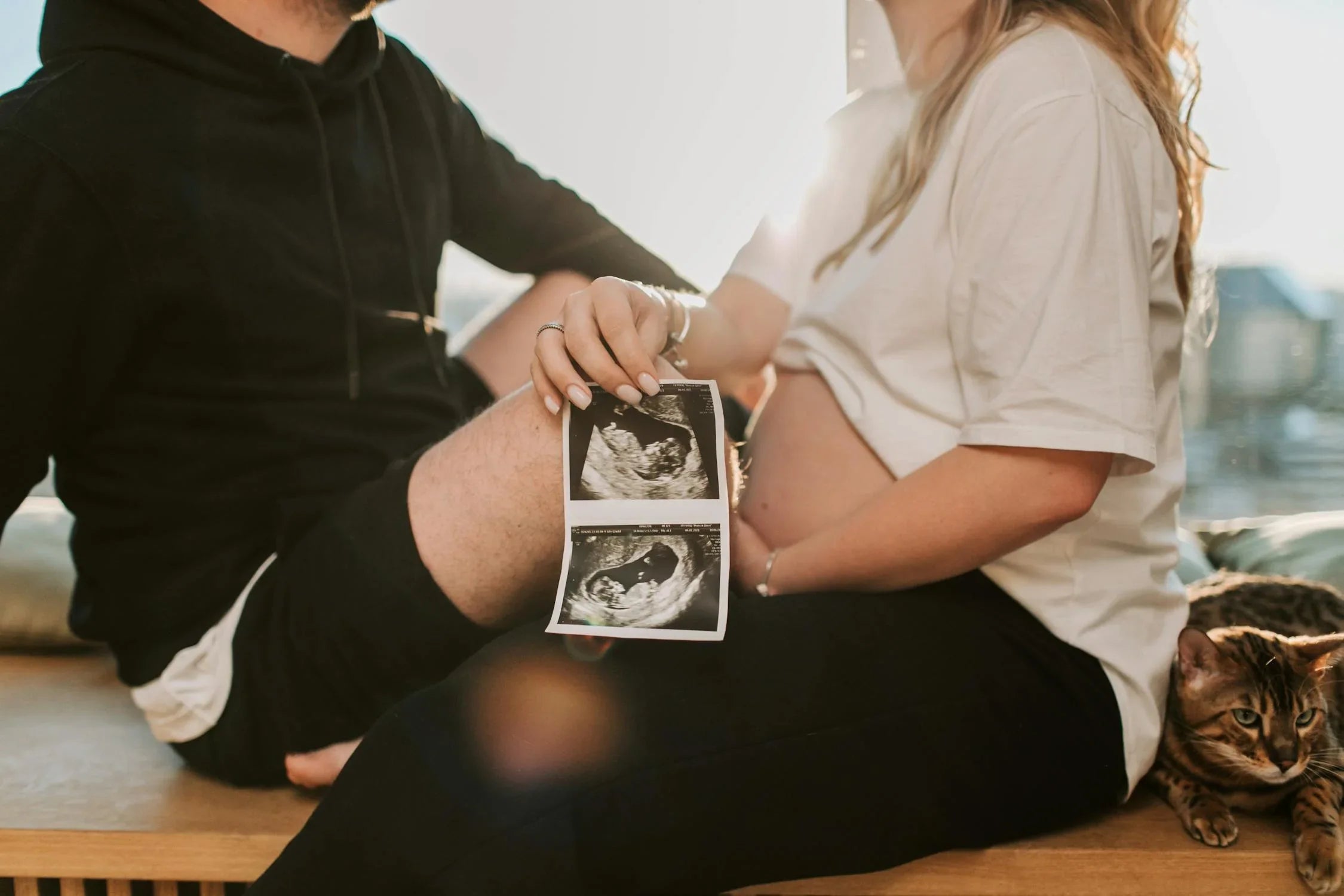Home
Pregnancy, Breastfeeding, and Pumping: The Ultimate Guide for Moms
How Soon Does First Response Pregnancy Test Work: A Comprehensive Guide

How Soon Does First Response Pregnancy Test Work: A Comprehensive Guide
When it comes to finding out if you're pregnant, timing is everything. The question 'how soon does first response pregnancy test work' is one that many women ask as they eagerly await answers. Understanding the science behind pregnancy tests and how they detect early signs of pregnancy can help you make informed decisions and reduce anxiety during this crucial time.
How Pregnancy Tests Work
Pregnancy tests detect the presence of human chorionic gonadotropin (hCG), a hormone produced by the placenta shortly after a fertilized egg attaches to the uterine lining. This hormone is a key indicator of pregnancy and is what most tests, including first response pregnancy tests, are designed to identify.
When Can You Take a First Response Pregnancy Test?
First response pregnancy tests are known for their ability to detect pregnancy early. Many of these tests claim to provide accurate results as early as six days before your missed period. However, the accuracy of the test depends on several factors, including the sensitivity of the test and the concentration of hCG in your urine.
Factors Affecting Test Accuracy
Several factors can influence how soon a first response pregnancy test can work. These include the timing of implantation, the sensitivity of the test, and the concentration of hCG in your urine. Implantation typically occurs 6-12 days after ovulation, and hCG levels double every 48-72 hours in early pregnancy.
How to Use a First Response Pregnancy Test
To get the most accurate results, it's important to follow the instructions provided with the test. Typically, this involves holding the test stick in your urine stream for a few seconds or dipping it into a collected urine sample. After a few minutes, the test will display the results, usually in the form of lines, symbols, or digital readouts.
Interpreting the Results
Interpreting the results of a first response pregnancy test is usually straightforward. A positive result indicates the presence of hCG and suggests that you are pregnant, while a negative result means that hCG was not detected. However, false positives and negatives can occur, so it's important to confirm the results with a healthcare provider.
What to Do After a Positive Result
If your first response pregnancy test shows a positive result, the next step is to schedule an appointment with your healthcare provider. They can confirm the pregnancy through a blood test or ultrasound and provide guidance on prenatal care and next steps.
What to Do After a Negative Result
A negative result on a first response pregnancy test can be disappointing, but it's important to remember that false negatives can occur, especially if the test is taken too early. If you still suspect you might be pregnant, consider waiting a few days and taking another test or consulting with your healthcare provider.
Common Questions About First Response Pregnancy Tests
Many women have questions about how soon a first response pregnancy test can work and what factors can affect its accuracy. Common questions include whether medications or medical conditions can influence the results, how to store the test, and what to do if the results are unclear.
Tips for Accurate Testing
To ensure the most accurate results, it's important to follow the instructions carefully, use the test at the right time, and consider factors that might affect the outcome. Testing with your first morning urine, when hCG levels are most concentrated, can also improve accuracy.
Understanding how soon a first response pregnancy test can work and what factors influence its accuracy can help you navigate this exciting and sometimes stressful time with confidence. Whether you're hoping for a positive result or preparing for the next steps, being informed is key to making the best decisions for your health and well-being.
Share

